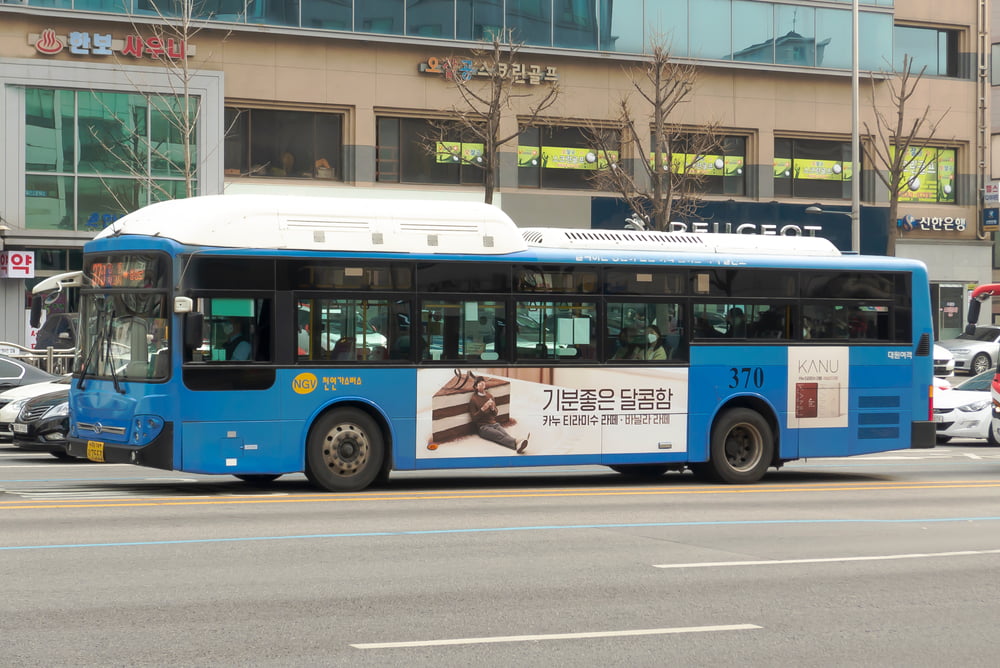Pedestrians, cyclists, car drivers, taxis and public transport, they constantly cross each other in the city. How can you best travel safely in these times without postponing traveling for reasons of insecurity for yourself? The introduction of protective measures in public transport increasingly raises the question among opponents whether there is no risk of your privacy being endangered. Thousands of meetings worldwide have been devoted to protecting privacy to dismiss aspects of security or proprietary safety.
In some countries you simply do not participate in public transport without a mobile phone that follows you continuously and all heat or surveillance cameras in public places should protect everyone from infection. How are we doing in public transport in our country during the pandemic to protect everyone? What is our government investing to take protective measures in transport so that we do not become infected?
Protection enough or not? During the pandemic, bus drivers were protected from passengers behind wooden planks and plastic siding. Trains were not allowed to be used as a means of transport and taxis as an alternative to public transport are still far too expensive for most citizens and in some cases even more unsafe than the pandemic itself. After a year of 'shutting down' public transport, few steps have been taken to adapt the 'travel product' to the new circumstances. Little or no technological protection measures were taken. And yet it can be done differently!
check before boarding
In South Korea, the temperature of the traveler is already checked in the bus shelter to combat the corona virus. With a thermal camera they check every passenger they only let in and only when the body temperature is below 37.5 degrees Celsius are you allowed to travel. Ultraviolet light in the canisters sterilizes and cools the air, and hand disinfection has become a standard procedure upon boarding. In Seoul, bus shelters are being replaced by solar-powered shelters that you cannot enter without tight control.
Combining is often the smartest way to travel. Do you opt for the flexibility of the car or the comfort of the train? You don't necessarily have to choose. By cleverly combining different means of transport, you get to your destination quickly and comfortably. But you want to do that in a safe way. What is the sector doing to protect passengers and drivers? Or is the question no longer why everyone is suddenly transported again, regardless of the health of the occupants?
game changer
Perhaps we should reshape public transport and arm ourselves for all possible mutations of the virus in the coming years. After all, the government cannot keep a country locked up and must now invest in a new way of traveling to ensure that travelers will soon see their own vehicle as a safe means of transportation, with all the consequences this entails on the roads. COVID-19 has definitely changed the world and now it is time for all stakeholders to realize that the 'old model' will never return. Investing in a safe way of transporting passengers pays off. In the city of tomorrow, moving remains essential, but the safe way has changed. Mobility as a Service can help with that. But there too, the rules of the game have changed and it must be done safely with an absolute guarantee for passenger and driver that no infections will occur while purchasing or offering the services.
responsibility
Society itself must also embrace this vision. After all, it is not only up to the government to guarantee safety. We are also responsible for our own behavior. Climate neutral travel and zero-emission transport is an important link in moving, but why travel on public transport when you are sick and can transmit infections to everyone around you? Responsible behavior starts with you. The perfect stage to have the kind of discussion we need to organize safe transportation what we want to see is social media. Ideas do not only come from the large transport companies themselves during public transport conferences. Everyone must contribute to the 'complex' solution to this new mobility issue.
Also read: New coalition agreement must focus on linking mobility


